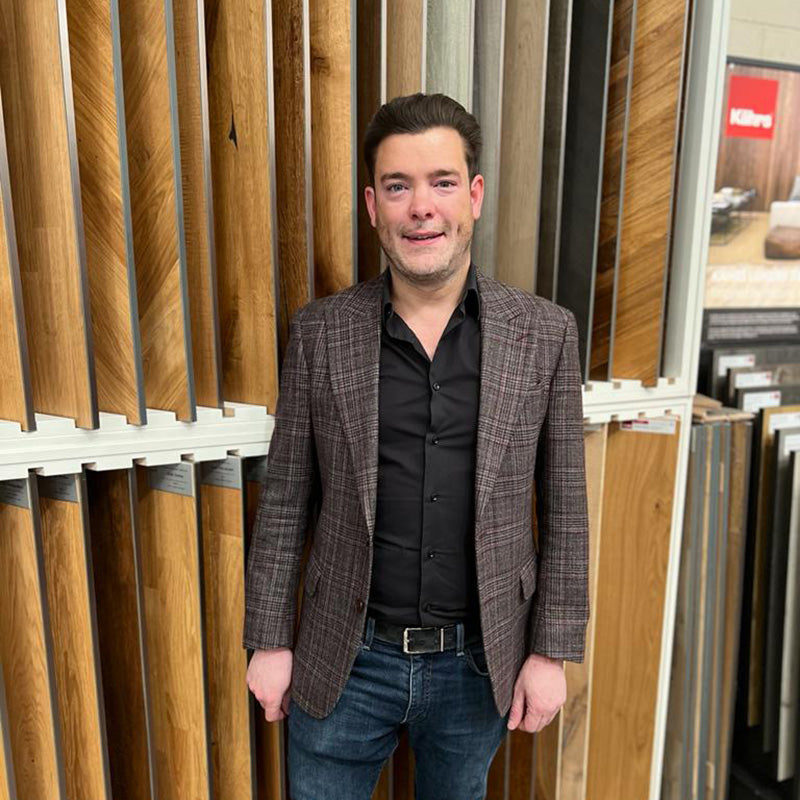DIY vs Pro: When You Should Lay Flooring Yourself (And When Not To)
Quick Links
When You Should Seriously Consider a Pro
Cost: What Are You Actually Saving?
What a Professional Brings to the Table
A Middle Ground: Do Some, Not All
There’s something undeniably satisfying about doing it yourself. Rolling up your sleeves, saving a bit of money, and finishing a job with your own two hands — it’s a great feeling. And when it comes to flooring, it can be tempting to go full DIY. After all, how hard can it be?
But like most home projects, there’s a fine line between “I’ve got this” and “I should’ve left this to someone who does it for a living.” Knowing where that line is — especially with flooring — can save you a lot of time, stress, and money in the long run.
When DIY Makes Sense
Let’s start with the good news: not all flooring jobs need a professional.
Click-Lock Flooring (LVT or Laminate)
If you’re laying down click-lock luxury vinyl tiles or laminate planks, and your subfloor is already level and clean, you’re in good shape. These types are designed with DIY in mind — no glue, no nails, no special tools beyond a saw and a rubber mallet.
Small, Low-Traffic Rooms
Guest bedrooms, small home offices, or cloakrooms are great places to try your hand. You can make a mistake or two without it being the end of the world, and you’ll learn a lot in the process.
You’re Comfortable with a Tape Measure and a Saw
If you’ve done bits of DIY before, and you’ve got a decent handle on precision, there’s no reason you can’t tackle a simple floor install yourself.
When You Should Seriously Consider a Pro
Solid Wood or Herringbone Flooring
These look stunning when done well — but one miscalculation and the pattern won’t line up. Solid wood also needs precise acclimatisation, spacing, and finishing. It's not beginner-friendly.
Uneven Subfloors
If the floor underneath isn’t level, no amount of careful plank-laying will save you. You’ll get creaks, bounce, and uneven wear. A pro will know how to prep and level a subfloor properly.
Open Plan or Large Spaces
Larger areas can show every little mistake. Plus, you’ll often need to allow for expansion gaps, transitions between rooms, and very accurate measurements — the kind that can get stressful fast.
Time is Not on Your Side
If you’re on a tight deadline — maybe you're moving in, selling, or hosting guests — it’s best not to gamble. What looks like a weekend job can easily spill into a week when you’re doing it solo.
Cost: What Are You Actually Saving?
Sure, going DIY saves you the labour cost — and depending on the space, that can be a few hundred quid or more.
But factor in tool hire (if you don’t own everything), offcuts from mistakes, wasted planks, and your own time. Plus, if things go wrong, you could be paying more to fix it than you would have for a pro to do it right the first time.
What a Professional Brings to the Table
-
Speed and efficiency – What might take you a week, a pro can often do in a day or two.
-
Proper subfloor prep – This is half the job, and often the part most DIYers skip or get wrong.
-
Clean edges and finishes – Professionals know how to deal with wonky walls, awkward corners, and door thresholds.
-
Peace of mind – You’ll sleep better knowing it’s been done properly.
A Middle Ground: Do Some, Not All
You can also strike a balance. Maybe you do the prep — pulling up the old floor, clearing the room, cleaning the subfloor — and then bring in a pro for the actual fitting. You’ll still save on labour and feel involved, but without the pressure of getting every plank lined up perfectly.
Conclusion
DIY can be brilliant — rewarding, empowering, and even a little addictive once you get the hang of it. But it’s not always the right move, especially when the results are meant to last for decades.
So take a good, honest look at the job. Ask yourself what’s at stake if it goes wrong. And remember, there’s no shame in getting a little help when it matters most.



